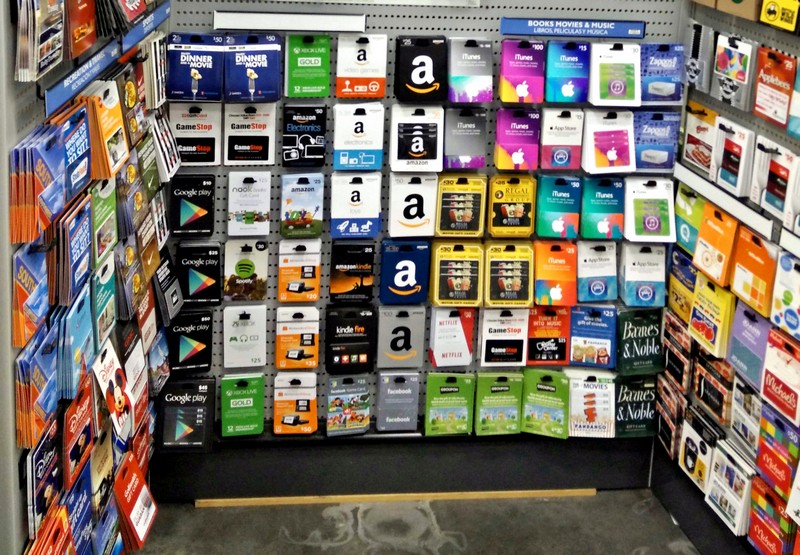
Where Does All That Unspent Gift Card Money Really Go?
United States is the world’s biggest market for gift cards and they have been the most popular holiday item on shoppers’ lists for 13 years in a row now. Amazon gift cards were the most popular last year, followed by Visa, Walmart, Target and iTunes. Consumers spent $98 billion on gift cards in 2019, a 90% increase from 2005.
Merchants love selling gift cards for a variety of reasons. First, gift cards generate revenue in advance of providing products or services, helping with cash flow. They also build brand awareness and build relationships and make for an easy gift. Additionally, people who use gift cards also end up spending more than the amount of the gift card at a store, and research has shown that they also opt for more expensive items than what they had originally planned.
Unspent Gift Card Money
Those are not the only benefits for merchants. There are also billions in unused gift cards. People who receive gift cards as a gift, sometime leave unused balances, or just forget about the gift card altogether.
About 2% to 4% of gift cards goes unused every year. That adds up to between $2 billion and $4 billion annually just in the U.S., CNBC reports. Amazon alone had $3.3 billion of unredeemed gift card on the books at the end of 2019, Walmart had $1.9 billion and Starbucks $1.2 billion.
Companies can generally claim a portion of the unused gift cards as income. But that’s after the state takes a large cut. Companies are required to return the value to the buyer in most states, but they don’t usually have the necessary information to do this. So they return the money to the states as unclaimed property. You can find links to search for unclaimed funds here, but gift cards most likely will not show up.
Consumer Rights
If you have an old gift card don’t just assume is it useless. A 2009 federal consumer protection law stipulates that most gift cards cannot expire within five years from the date they were activated or last used, and also places limits on inactivity fees.
In some states merchants are required to cash out gift cards that have a small balance left, usually $5 or less. California is the most generous state, with a minimum requirement of $10.
Then there is always the option of selling gift cards in sites like Raise. You will get less than the face value, usually by 5% to 30%, but at least you get some value if you don’t have any use for it.



When you sell gift cards, don’t sell to Cardpool. I sold a $100 Saks Fifth Ave gift card last month and received a check for it a week later. They said the gift card was good at the time of sale but then they put a stop payment on it and said the card had no funds (in just a day). I didn’t use the gift card and Saks stores were closed at the time, so they basically stole my gift card. If only Saks would cooperate and see who used this for an online order.
I keep receipts and calculate to make sure I use up the entire gift card…lol
First, gift cards generate revenue in advance of providing products or services, helping with cash flow.
So many wrong things in that sentence. Only a true accountant could give you grief and set you straight.
As an Accountant, yes you are more or less correct, but also arguing over semantics sounding like a pompous monster.
It’s close enough for the general population…”First, gift cards generate cash out of thin air which is a liability on the balance sheet (unearned revenue) which after so many years of non-redemption are transferred to earnings”
I mean it’s basically the same thing.
Yeah. That’s what i meant. Accountants are pompous asses.
He also mixed up the income statement with the cashflow statement.